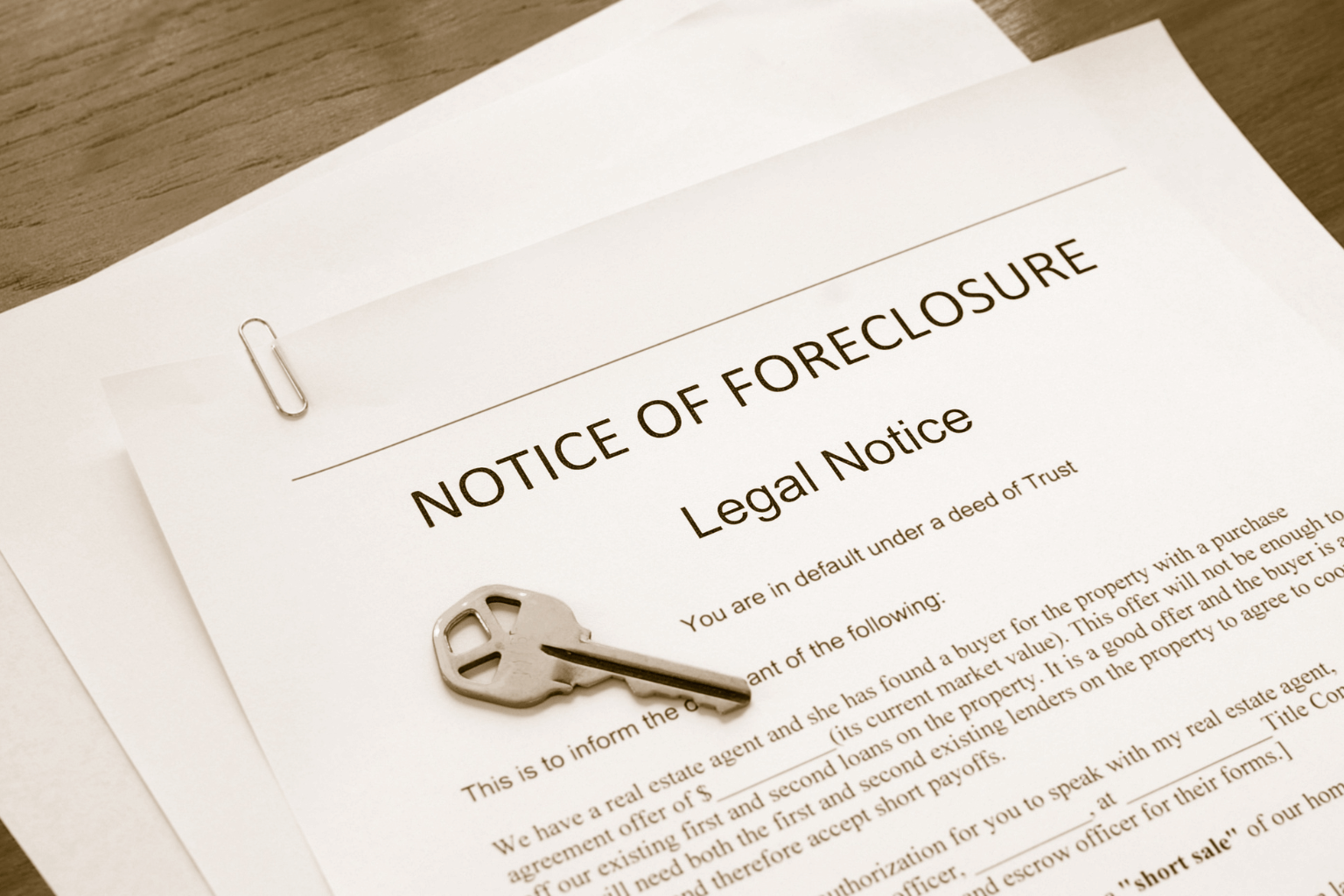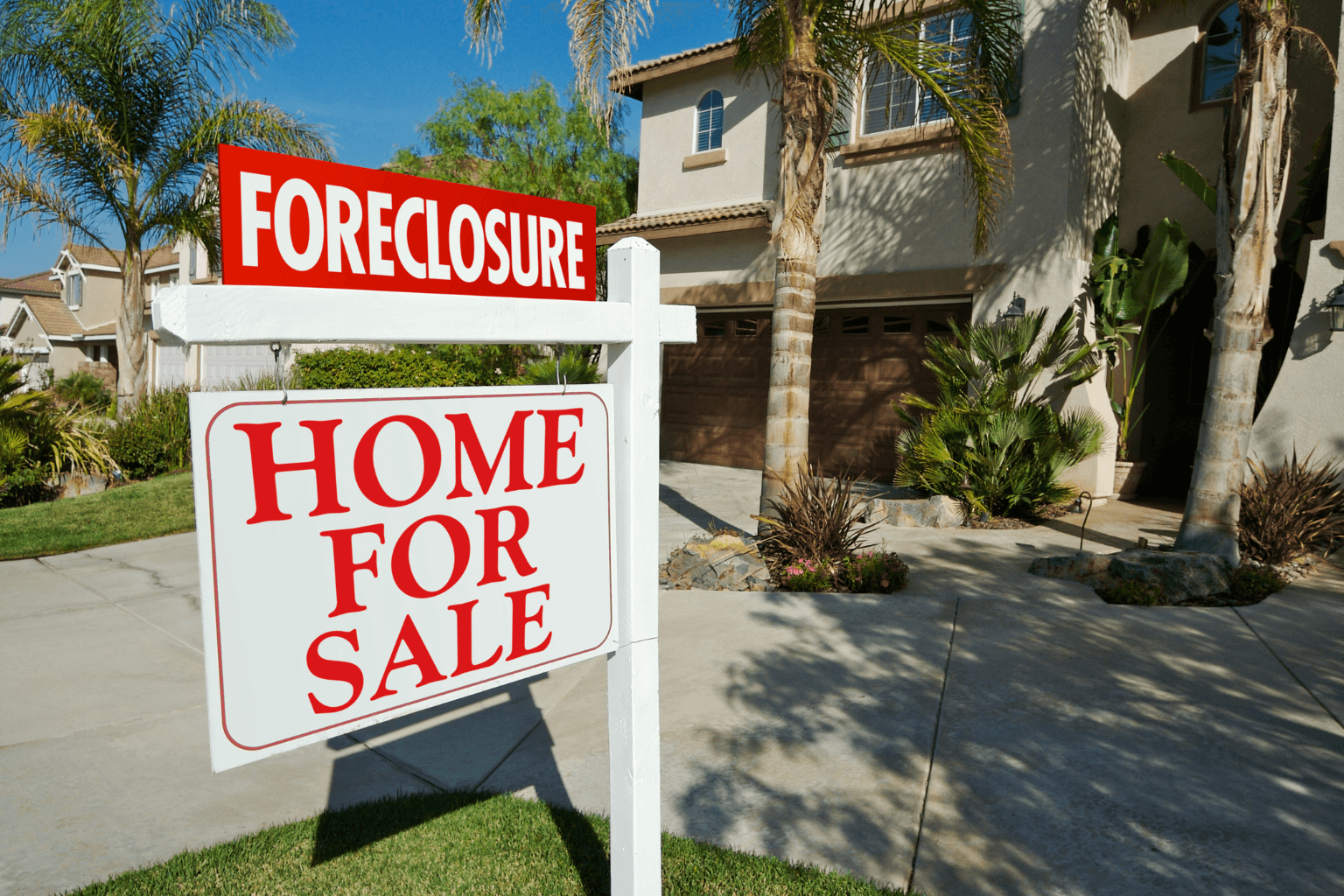Understanding the Foreclosure Timeline When Selling a Home in California
If you're selling a house in foreclosure in California, knowing the timeline is key. The process moves quickly—from the first missed mortgage payment to the Notice of Default and eventually a foreclosure auction. But if you act early, you still have options. You could sell your home, request a loan modification, or try a short sale. Knowing the key steps can help you avoid greater financial loss and find a better way forward.
Understanding the Foreclosure Timeline in California

The foreclosure process in California usually starts when a payment is missed. After about 30 days, the lender may issue a Notice of Default (NOD). This legal document marks the beginning of the formal foreclosure timeline.
Key Foreclosure Timeline Milestones
- Day 1: Missed mortgage payment
- Day 30-60: Lender contacts borrower
- Around Day 90: Notice of Default is filed
- Next 90 Days: Homeowner has time to act
- After 90 Days: Lender files a Notice of Sale
- At least 21 days after Notice of Sale: The Home is auctioned
Knowing these deadlines allows you to sell your house before foreclosure and minimize damage to your credit.
What Happens After the Notice of Default?
Receiving a Notice of Default can feel overwhelming, but it presents a valuable opportunity. You typically have 90 days to fix the issue before a Notice of Sale is filed.
Need help understanding how foreclosure affects your finances? Watch this breakdown on Financial Consequences of Foreclosure
Your Options During the Grace Period

- Loan Modification: Work with your lender to adjust your mortgage terms
- Sell the House: Put your home on the market and try to sell quickly
- Short Sale: Sell for less than you owe with lender approval
These are legal ways to stop foreclosure and take control of your financial future. Suppose you're unsure which route is correct for you. In that case, our detailed guide on how to stop foreclosure in California can help you explore each option in more depth.
Preparing to Sell a House in Foreclosure

If you decide to sell, move fast but smart. Here's how to get ready:
Enhance Curb Appeal
Clean up the yard, paint the front door, and fix minor repairs. First impressions matter.
Stage the Home
Declutter, use neutral colors, and highlight the home's best features. Buyers should be able to picture themselves living there.
Price It Right
Look at similar homes in your area. Pricing competitively can attract quick offers, crucial when working under a tight foreclosure deadline.
Listing Strategies That Work
Work With a Foreclosure-Savvy Realtor
Choose an agent with experience in foreclosure sales. They can help navigate paperwork, buyer questions, and fast closings.
Pro Tip: Working with a realtor familiar with your area, such as Union City, CA, provides you with local expertise that may increase your chances of a quick sale.
Market the Home Effectively
Use online listings, yard signs, and real estate networks. The more visibility it has, the faster it may sell.
What Is a Short Sale?

If your home is worth less than you owe, a short sale might be an option. With your lender's approval, you can sell the house for less and avoid foreclosure.
Trending Now: "Looking for something different? Our blog about selling a house that's in pre-foreclosure in California is trending — and worth checking out."
Benefits of a Short Sale
- Less impact on credit than foreclosure
- You may walk away without owing the remaining balance
- Avoids public foreclosure auction
Want a full legal breakdown? NOLO offers a clear summary of California's foreclosure laws and procedures.
Understanding the Auction and What Comes After

If the home doesn't sell within the specified timeframe, the lender will schedule a foreclosure auction.
Know Before the Auction
- The lender must post a Notice of Sale at least 21 days before
- The property may still be sold before the auction if allowed
- Investors may buy the home at auction—often with cash
After the auction, if the home sells, you'll need to vacate quickly unless a deal is worked out with the new owner.
Post-Auction: What Happens Next?
Once the foreclosure auction is complete, the process doesn't end there. Several key steps follow, whether you're the former homeowner or the new buyer. Here's what typically happens next:
Post-Auction Responsibilities and Timeline
Action | Who’s Responsible | What It Means | Typical Timeline |
Submit Payment | Buyer | The winning bidder must pay in full, often with cash or certified funds | Within 24 hours after auction |
Record Title Transfer | Buyer | Ownership is officially transferred through a Trustee’s Deed Upon Sale | Within 30 days |
Vacate Property | Former Homeowner | If still occupied, the new owner may issue a notice to vacate | Within 3–30 days |
Property Condition Check | Buyer | Buyer assesses the property’s state and any necessary repairs | Immediately after auction |
Determine Occupancy | Buyer/New Owner | New owner may need to pursue eviction if occupants refuse to leave | Starts within 7 days |

Understanding these steps helps you prepare for what’s next, whether you're transitioning out of your home or acquiring a foreclosed property. Acting quickly and knowing your rights can make all the difference.
Final Tips for a Successful Sale
- Act Early: The sooner you respond, the more options you have
- Get Help: A real estate agent or foreclosure attorney can guide you
- Stay Informed: Understand every step of the selling house in foreclosure timeline in California
Conclusion
The timeline for selling a house in foreclosure in California moves fast. Still, if you understand the process and act quickly, you can avoid the worst outcomes. Whether through a standard sale, short sale, or negotiation with your lender, taking the proper steps early can help you regain control. If you're facing foreclosure, don't wait—explore your options now and get the support you need to find a solution.





